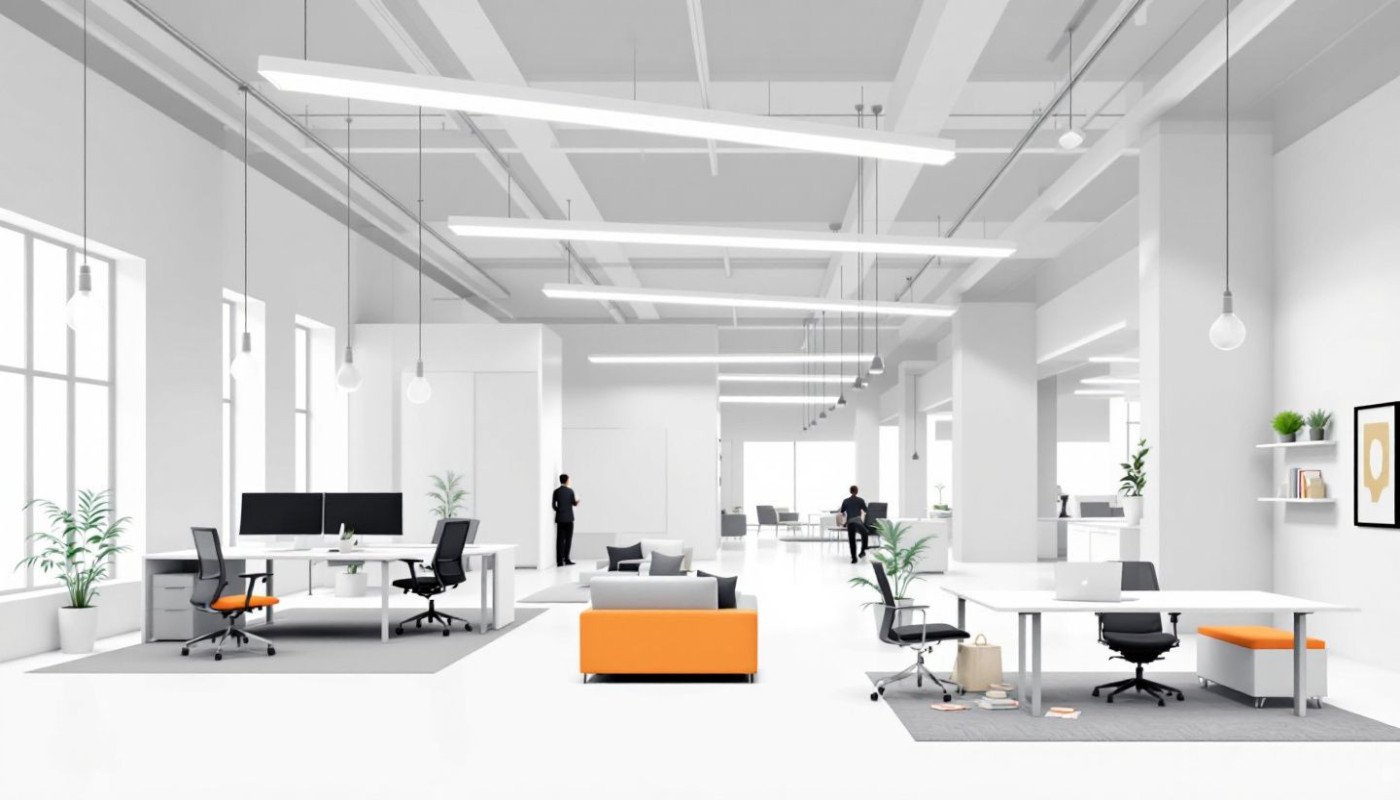Table of contents
The modern work landscape is experiencing a remarkable shift as flexible workspace options become increasingly prevalent. These adaptive environments are redefining how organizations foster productivity, innovation, and employee satisfaction. Discover how embracing flexibility in workspace design is fundamentally transforming work cultures and setting new standards for success in today’s fast-paced world.
Adapting to the hybrid workforce
Flexible workspace solutions have become a cornerstone in supporting the hybrid work model, where employees fluidly move between in-office and remote work environments. These spaces are purposefully designed to accommodate activity-based working, which means different zones are tailored for specific tasks—whether focused individual work, dynamic team meetings, or informal collaboration. By offering this adaptability, organizations enable teams to maximize productivity regardless of their physical location, as employees can select the environment that best suits their current needs. This approach not only enhances the overall employee experience but also enables seamless collaboration, leveraging technology and modular space design to bridge the gap between remote work and in-person interactions.
For employers, investing in a flexible workspace fosters a culture of trust and autonomy, which has been shown to improve retention and job satisfaction. Hybrid work is supported through on-demand office layouts, advanced booking systems, and integrated digital tools that maintain connectivity among dispersed teams. Employees benefit by experiencing reduced commuting time and increased flexibility, enabling a better work-life balance. These advantages create a work culture that is not only responsive to individual preferences but also adapts swiftly to organizational needs, ensuring that productivity and collaboration remain at the forefront of business outcomes in the evolving world of work.
Enhancing employee well-being
Flexible office environments offer a powerful boost to employee well-being by supporting autonomy and fostering a healthier work-life balance. Adaptive workspaces equipped with biophilic design elements, such as natural lighting, greenery, and open layouts, have been shown to reduce stress and promote psychological resilience. These features encourage movement and social interaction, helping to mitigate the risks associated with sedentary work routines and isolation. In addition, flexibility allows individuals to tailor their schedules and surroundings to align with their personal and professional needs, resulting in greater satisfaction and sustained engagement. When employees gain control over their work environment and time management, they experience lower burnout rates, improved morale, and measurable improvements in overall health, making flexible office solutions a cornerstone of progressive occupational health strategies.
Driving innovation and creativity
Flexible workspace options are reshaping how organizations approach innovation by providing environments that naturally stimulate creativity and ideation. With the integration of adaptable layouts, these modern settings allow for swift transitions between focused individual work and group brainstorming, ensuring that each team member can engage in the most suitable environment for idea generation. The rise of creative workspace design, along with the purposeful inclusion of collaboration zones, directly supports team synergy by fostering spontaneous interactions, knowledge exchange, and serendipitous encounters that often lead to breakthrough solutions. In an ideation space, these elements combine to eliminate hierarchical barriers and nurture a culture where unconventional thinking is not only welcomed but expected, ensuring that organizations remain at the forefront of their industries.
Across Europe, demand for such spaces is exemplified by hubs like the Best coworking spaces in Leicester, where professionals from diverse backgrounds converge to leverage an ecosystem specifically crafted for collaborative innovation. These environments offer a diversity of adaptable layouts and specialized zones that cater to both emerging startups and established enterprises, emphasizing flexibility and resourcefulness. As a result, flexible workspace options have become synonymous with dynamic problem-solving, empowering organizations to continuously evolve and respond swiftly to new challenges.
Optimizing real estate usage
Businesses across diverse sectors are embracing flexible workspace strategies to drive real estate efficiency and adapt to rapidly evolving workplace demands. By utilizing scalable offices and modern workspace optimization practices, organizations can dynamically adjust their physical footprint based on current operational needs, rather than being tied to long-term, rigid leases. This targeted approach improves the space utilization rate, a key performance indicator measuring how effectively occupied areas meet business objectives. Higher space utilization rates directly correlate with tangible cost savings, as companies only pay for the space they actively use, minimizing wasted square footage and reducing unnecessary overhead. Furthermore, flexible workspace models, such as coworking hubs and on-demand meeting rooms, empower companies to scale up or down without the delays and expenses associated with traditional office leases. This adaptability not only lowers fixed costs but also enables a nimble response to market changes, supporting both short-term projects and long-term growth in a sustainable, financially prudent manner.
Future trends in workspace flexibility
The future of work is being redefined by dynamic shifts in workspace design, where technology integration and flexible workspace trends stand at the forefront. Sensor-based analytics are becoming a foundational element, enabling real-time adjustments to office environments, optimizing lighting, air quality, and space allocation based on precise employee needs. Modern smart offices are moving beyond simple open layouts to incorporate adaptive, modular furnishings and IoT-enabled systems that respond instantly to user behavior and preferences. Data-driven layouts supported by artificial intelligence can predict peak usage times, allocate resources efficiently, and even anticipate collaborative needs, thereby enhancing employee well-being and productivity.
Organizations are leveraging workspace design innovations to meet the evolving expectations of a workforce that demands autonomy, comfort, and seamless connectivity. Technology integration is fostering fully hybrid environments where physical and virtual workspaces coexist, supported by advanced communication tools and immersive meeting technologies. As flexible workspace trends evolve, there is an increasing emphasis on personalized environments; employees have greater control over their surroundings, from selecting workstations via mobile applications to adjusting temperature and lighting settings through voice commands or mobile interfaces. This level of customization not only boosts satisfaction but also fosters a sense of ownership and engagement among staff.
Globally, these trends are accelerating the adoption of activity-based working, where sensor-based analytics inform not just how space is used, but how it can be optimized for collaboration, focus, and innovation. Smart offices are becoming ecosystems that support agile project teams, remote contributors, and cross-functional collaboration without sacrificing security or privacy. The integration of wellness technologies, such as circadian lighting and ergonomic workstations, is expected to become standard, reflecting a holistic approach to employee health and performance. Organizations are also beginning to leverage aggregated workspace data to inform broader strategic decisions, from real estate investments to talent retention strategies.
As the future of work continues to unfold, the interplay between flexible workspace trends, technology integration, and shifting employee expectations will drive a new era of workplace transformation. Companies that prioritize adaptive workspace design and invest in smart office infrastructures will be best positioned to attract and retain top talent in a competitive global landscape. The next wave of innovation will center on harnessing sensor-based analytics and AI-driven insights to create environments tailored to organizational goals and individual needs, catalyzing a profound evolution in work cultures worldwide.
On the same subject













